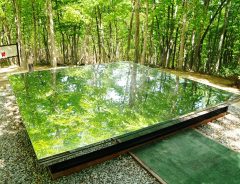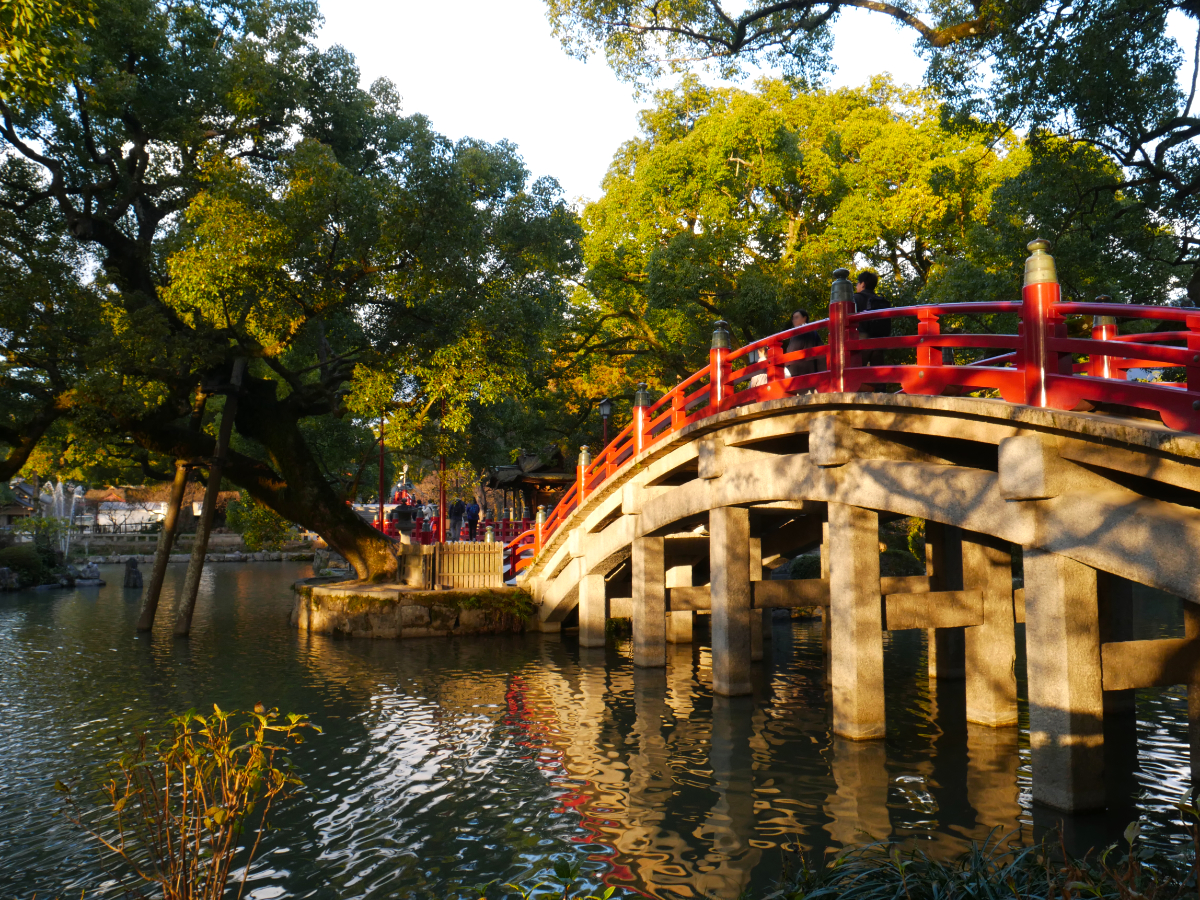- Tags:
- Dazaifu Tenmangu / Kyushu / Shinto shrine / Shrine
Related Article
-

Fish Comes To Visit Japanese Diver Friend At Underwater Shrine For 30 Years
-

Grim Discovery of Human Body Parts in Damaged Nose of Japanese Bullet Train
-

Mystical ‘Air Shrine’ in Asahi Town Conveys the Universal Value of Clean Air
-

More than just a sake tour – Try your hand in sake brewing at this experience in Kyushu
-

Tokyo’s Kabukichō district isn’t just about the nightlife – it has traditional festivals too
-

Renovated deluxe sleeper train “Seven Stars in Kyushu” begins taking bookings for 2022 – 2023



Dazaifu Tenmangu: A shrine dedicated to education
Becoming a great scholar is somewhat of a tricky thing to do nowadays. Back in the times of the ancient Greeks and Romans all that you really needed to do was learn to read and write, and then you could pave your way to becoming an academic. Throughout history, humans have been able to acknowledge that wisdom is power. And yet over time, we seem to have forgotten the importance of this.
In modern times we have found many ways to enlighten our intellectual selves; snack on a vitamin bar, eat some oily fish, do some yoga. We have changed what we desire throughout the centuries, it used to be a bigger brain, but now what we want is a great body, and although it is great to look good, it feels better to know you think good too.
Recently, it has become the norm to finish school and head straight to university. The big dream is to come out on the other side, draped in cap and gown with a diploma clutched in your hands. This can be easier said than done. Some people are born for this, some just need a little push to get there, and others, unfortunately never make it.
If only we could be granted good intelligence by the gods.
There is somewhere in Japan, where it is not an impossible dream to wish for smarts. Down in the southern island of Kyushu, inside of the border of Fukuoka prefecture lies Dazaifu Tenmangu shrine, which is known as a sort of hot spot for current students and aspiring academics alike to pray for good fortune, wisdom and education.
There is a pond inside the shrine grounds in the shape of the Japanese character for “heart”. | Photo by Connie Sceaphierde
History of Dazaifu Tenmangu
Dedicated to the Heian period scholar Sugawara Michizane, Dazaifu Tenmangu shrine has since become the number one place for academic prayers in Japan.
Sugawara Michizane was an important Heian period politician, born into a family of academics in 845. From an early age, Michizane began to write poetry and his talents were well recognised by those around him. He attended a private school, where he dedicated a lot of his time towards his education in classical Chinese literature. After graduation, he started a career in the imperial court as a high ranking scholar. Within the first 4 years of his career, he was promoted up a rank and started to see an influx of opportunities which afforded him the chance to rise higher up within the imperial court. By age 32 he had obtained the highest rank a historian could achieve and over the next 17 years, he secured more than 7 positions in the imperial court, including ambassador of the Tang Dynasty and Assistant Master of the Crown Prince's Household.
Unfortunately, all good things must come to an end, and for Michizane this came in the form of exile. As tension from another member of court rose against him, his own influence began to dwindle and he was exiled in 901. He died in 903 in Dazaifu.
Following his death, the country suffered from multiple natural disasters and people began to believe these unfortunate events and situations were caused by the vengeful spirit of Michizane. To appease the spirit of Michizane the imperial palace built the Shinto shrine, Kitano Tenmangu in Kyoto and the Tenmangu kami was dedicated to him.
Dazaifu Tenmangu was erected over Michizane’s grave in 905 and he was deified as the Kami of scholarship: Tenjin-Sama. If we ignore the unfortunate end of his life, from his success in climbing up the imperial court ladder it is easy to see why people would come swamp the shrine dedicated to him.
Before important meetings, examinations and events, people from all over Japan often come to Dazaifu to pray for success, with many returning after to offer thanks to the Tenjin Kami. During the Japanese Entrance exam season, the shrine sees a large influx of students visiting, who request good luck in the form of large Ema at the shrine.
The islands that the bridges cross over represent the past, present and future. | Photo by Connie Sceaphierde
At the Shrine
Dazaifu Tenmangu shrine is within a short 5-minute walking distance from Dazaifu station. The pathway leading to the main shrine is in abundance of shops and stalls selling good luck charms and food. Some of these stalls specialise in selling umegae mochi - a grilled red bean bun associated with the story of Sugawara Michizane.
Within the grounds of the shrine itself, visitors will pass over two red arched bridges and a pond which was shaped into the Japanese character for ‘heart’. The islands that the bridges cross over are said to represent the past, present, and future.
To the right of the main shrine hall is a plum tree known as Tobiume, which, legend says, was the tree of Michizane when he was a politician. After he was exiled to Dazaifu, the tree which was very fond of its master, uprooted itself in Kyoto and flew into Exile with Michizane. The tree itself is said to be the first plum tree in Japan to blossom each year.
Inside the shrine grounds, there are around 6000 plum trees. Coincidentally, these trees bloom around the same time that exam results are announced in Japan.
How to get to Dazaifu
Admission to Dazaifu Tenmangu is free and the shrine can be easily reached within a 5-minute walk from Dazaifu station. Alternatively, there is a bus available at 100 yen for a 1-minute bus ride.
Perhaps you are hoping to pass an upcoming exam or maybe you have a potential job interview. Whatever it is that you need good luck for and if you’re looking for a brain boost, perhaps you can skip that vitamin bar and pray to Sugawara Michizane at Dazaifu Tenmangu.